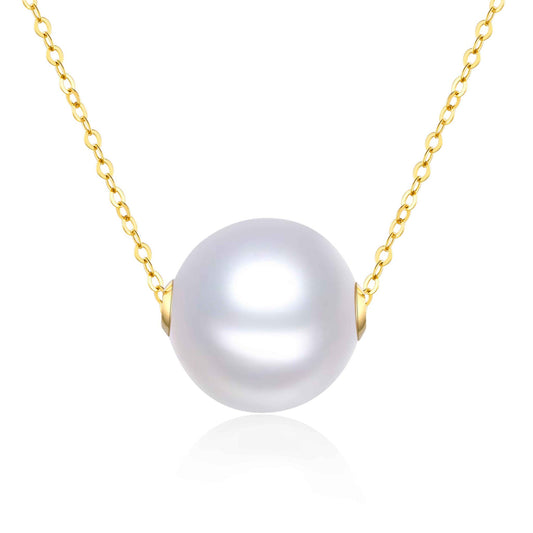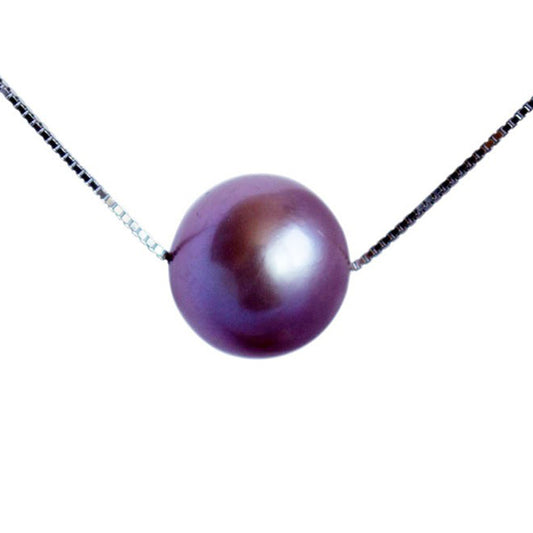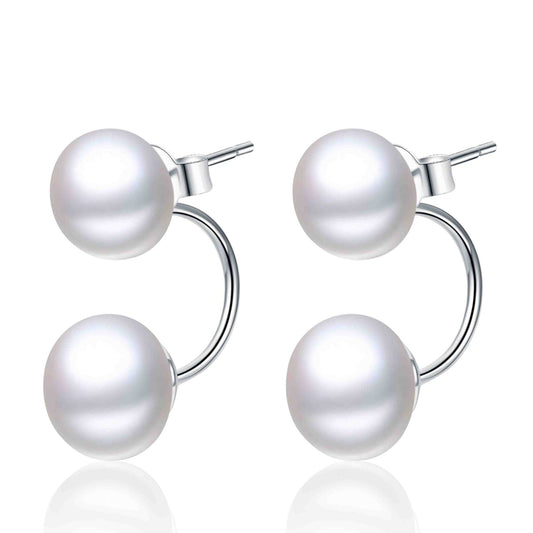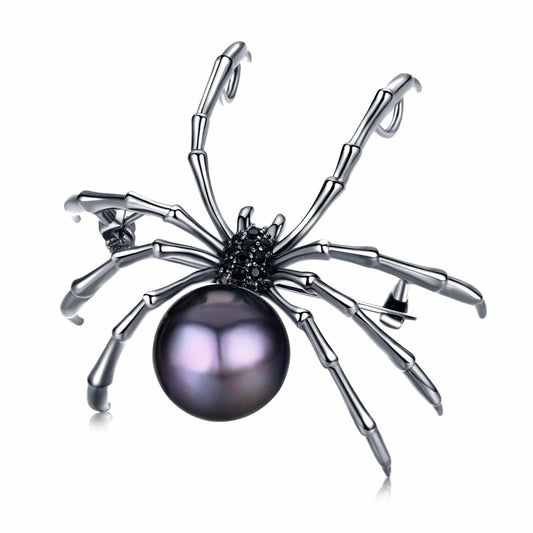She Showed the World That It’s Okay to Be ‘Not Okay’
Sometimes personal pain and social pressure can drive us to insanity. But pearls teach us that if you keep on keeping on, if you reach deep inside yourself, there is beauty within. We believe that people are like oysters, and that we can channel our pain and difficulties in such a way that we take an ordinary – and sometimes not so ordinary – life with a multitude of setbacks and turn it into a pearlescent legacy. In honor of this unique human quality, we are publishing a series looking at women who have lived their lives like pearls. This is another installment of the Living like a Pearl series. Find the other stories here.
______
When the world first noticed her, it seemed she was already a pearl. Young, beautiful, kind, she was working as a kindergarten assistant when she caught the eye of the world’s most eligible bachelor at the time: Prince Charles, first in line to the British throne. But looking back on her life, it is almost as if her true beauty lay in her brokenness.
She was only 21 when she married Prince Charles in front of millions of people. Her dress was puffy and full of bows, with a massively long trail. Her shy smile and brilliant blue eyes captivated the world. Her life seemed like a fairy tale in real life – it was everything but.
She and Charles had only seen each other for a few weeks before they became engaged, and he was 13 years older than her. Her parents, members of the nobility in Britain, divorced when she was seven years old. Shortly after the separation, her father won custody of her and her siblings and cut off contact with their mother with little explanation to the children. She had a troubled relationship with her stepmother, and she described her childhood as ‘very unhappy’ and ‘very unstable’.
Her marriage to Prince Charles was also not a happy one. They both had affairs, and Diana struggled to cope with royal life. Though no-one knew it at the time, she had extremely low self-esteem that was only worsened by her husband’s unfaithfulness and the scrutiny from the public. She revealed later that she was extremely unhappy, to the point that she had thrown herself down the stairs while pregnant with Prince William. She suffered from depression and bulimia, which was dismissed by the royal family and worsened by constantly being in the public eye.
Then came what seems like a tipping point: Diana and Charles separated. And from here, things could have gone either way. The public could have hated her for it; she could have given up on life. When the divorce became final, she was stripped of her title of Her Royal Highness. And there were those who called her ‘crazy’ and ‘difficult’.
But Diana was a true pearl. She started working harder: she hired a voice coach to improve her public speaking voice. She used her power to tell her side of the story about the affairs in interviews with the media. The night Prince Charles publicly admitted to his affair with Camilla Parker-Bowles, Diana showed up for a public event in an outfit that someone called “the most strategic dress ever used by a woman” and the “revenge dress” because she looked simply breathtaking, and she smiled all evening.
But what makes her legacy larger than life is the way she was able to use her own pain to show true empathy and bravery in her royal charity work. She famously hugged and touched Aids patients and people suffering from leprosy in a time when sufferers of these diseases were ostracized.
She was the patron of HALO Trust, an organization that removes debris and landmines left by war. One of her efforts to raise awareness of the issue included walking a deadly field of possible mines shortly before her death. (Today, there is a thriving village, and Prince Harry recently walked the same stretch in her honor). Her influence was such that it was recognized in the British Parliament and a few months after her death, the International Campaign to Ban Landmines won the Nobel Peace Prize. And this is only one of many, many examples. She also raised awareness and money to fight cancer and mental illness, and it has been said that “her overall effect on charity is probably more significant than any other person’s in the 20th century.”
Princess Diana showed the world that it’s okay to be ‘not okay’ at times. That personal suffering can offer you a chance to emerge stronger, more confident and more beautiful than before – a pearl in her own right, with or without a royal title.




